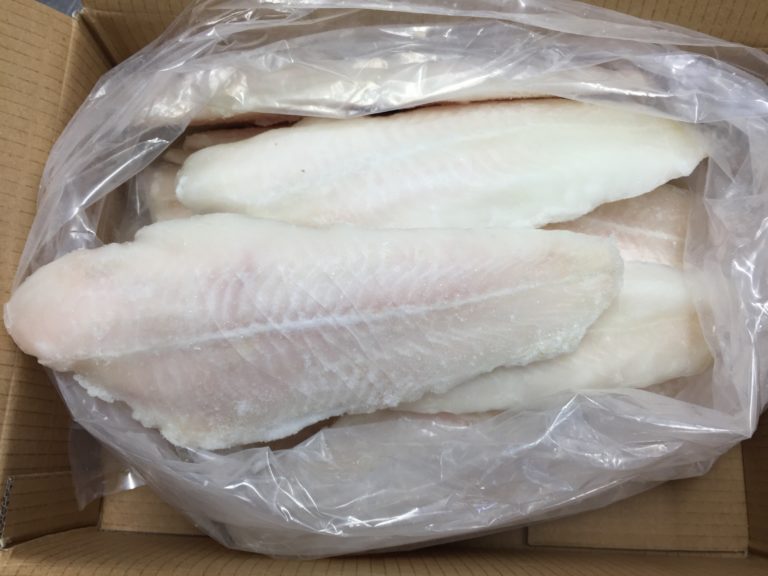Industrially farmed in Vietnam along the Mekong River, Pangas (also called, Pangasius, Vietnamese River Cobbler, Basa Fish and White Catfish, Tra, Gray Sole), has only recently been introduced to the Serbian market.
However, in a very short amount of time, it has grown in popularity – it is one of the cheapest fish you can find in supermarkets in Serbia.
They are very affordable and sold in fillets with no bones and they also have a neutral (bland) flavor and texture; many would compare it to cod and sole, only much cheaper. But as tasty as some people may find it, there’s, in fact, something unsavory about it.
According to the website dietmindspirit.org, Pangas are teeming with high levels of poisons and bacteria: industrial effluents, arsenic, and toxic and hazardous by-products of the growing industrial sector, polychlorinated biphenyls (PCBs), DDT and its metabolites (DDTs), metal contaminants, chlordane-related compounds (CHLs), hexachlorocyclohexane isomers (HCHs), and hexachlorobenzene (HCB).
The reasons are that the Mekong River is one of the most polluted rivers on the planet and this is where pangas are farmed and industries along the river dump chemicals and industrial waste directly into it. The website also claims that regardless of the reports and recommendations against selling them, the supermarkets still sell them to the general public knowing they are contaminated.
Pangas are fed with food that comes from Peru. They’re fed dead fish remnants and bones, dried and ground into a flour, from South America, manioc (cassava) and residue from soy and grains. This kind of nourishment doesn’t even remotely resemble what they eat in nature.
According to the website, what they feed pangas is completely unregulated so there are most likely other dangerous substances and hormones thrown into the mix. These pangas grow 4 times faster than in nature.

The website also reports that female Pangas are injected with hormones made from the dehydrated urine of pregnant women, so the female Pangas grow much quicker and produce eggs faster (one Panga can lay approximately 500,000 eggs at one time). Essentially, they’re injecting fish with hormones to speed up the process of growth and reproduction.

